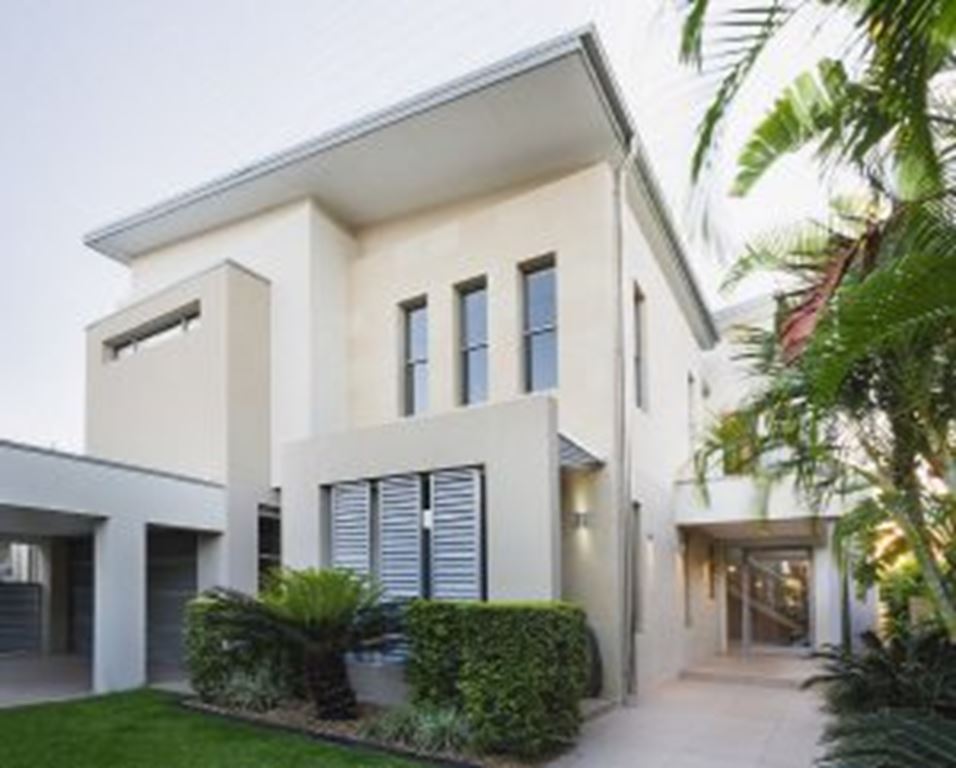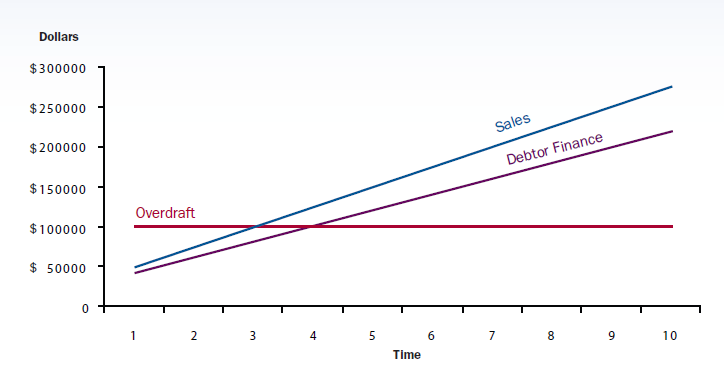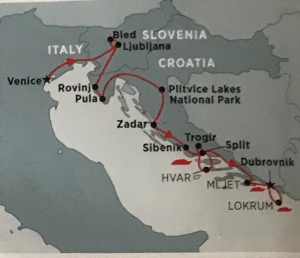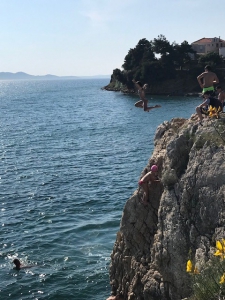Meet Our Consultant Team

If we can assist please call Peter, Simon or David on 03 9882 2500 or email;

In 2017, Australian companies lost more than $90 million to cybercrime. Attacks are becoming increasingly sophisticated and a prevention strategy that encompasses people, process and technology is the best defence.
The rise of business email compromise
Business email compromise is fast becoming one of the most common methods for criminals to obtain funds illegally from businesses, with $22.1 million lost to this type of scam in Australia last year.
Despite the application of cyber security software, fraudsters are finding their way in via suppliers or people who regularly receive payments from you. Prevention mechanisms are vital – and will always be more effective than trying to recover stolen funds.
Receiving an email or phone call from a supplier to change their bank account details is common business practice. It’s important to review the policies and processes your business has in place to ensure your staff are verifying every request for change of information.
Tips for combatting payment scams
• Implement or review policies and processes for updating supplier details within your business
• Always confirm request for changes by contacting the supplier on details recorded in your system and not on the notice
• Avoid providing information about your company or its employees to unknown senders or callers
• Always apply two authorisers for all payments to provide an extra level of security
• Implement your bank’s preferred method of digital payment verification – Most banks have apps and processes you can implement to add another layer of protection
Education is key
Educating yourself about cybercrime and staying up to date with the ever-changing digital landscape is crucial. Contact your Business Banker or First Point Group Consultant if you have any questions.


If we can assist please call Peter, Simon or David on 03 9882 2500 or email;

Refer to the Buying A Home FAQ’s on our website or contact us
Purchasing a property is one of the most exciting times in your life, however it is also one of the most important decisions you will ever make. It is therefore critical to look beyond the cosmetic appearance of the property.
A few simple steps during your property purchase journey may help ensure that your dream property does not turn into a costly experience!
1. The first visit will give you an initial feel and determine if the property meets your basic needs. It is a good idea to make a list of things that you consider “essential’ versus things that you “would like” and may be happy to sacrifice. These checklist items will differ for everyone. Some examples are as follows;
2. Make sure you spend time in the area, visiting at different times of the day, night and week. This will help to uncover issues that may have not been obvious during a scheduled inspection with a Real Estate Agent – maybe the house is under a low flight path only when the weather is bad, up the road from a university rental property that has raging parties, a bar across the road that blasts out loud music, or there’s a factory down the road that omits wafting fumes
3. Other things to include on your inspection checklist could be;
a. Natural Light – Consider the time of day the inspection is scheduled, try to visualise how it would feel during other times of the day. This may affect the need for greater use of lighting or heating when the sun shifts, therefore bills may consequently increase
b. Floor Space/layout – look past the perfect placement of furniture in the floorplan and imagine how you will utilise the space with your furniture, while also considering the storage required for your belongings. Check where power points and antenna outlets are positioned, remember the display furniture is set up to make the rooms look more livable, however the power outlets may be nowhere near the display TV for example
c. Storage Space/Cupboards – sometimes these are items that can be easily missed when browsing online at proposed properties and floor plans. Without the necessary storage space, the property could become cluttered and therefore reduce living space
d. Age of property – check the last time major maintenance, roofing etc. were completed as this may help you predict any large upcoming costs. It is important to ask about previous repairs and renovations; if something goes wrong down the track it can be good to have a documented history
e. Section 32 – your conveyancer or solicitor should review this important document on your behalf before you consider making an offer
f. If the property (a unit or apartment) is part of an Owners Corporation:
4. Structural Checks – check the property for structural defects or potential issues that could become costly at a later stage, for example:
a. Gutters – check for rusting
b. Drainage – check where the downpipes are running into. This should be into a storm water drain or similar, not into a garden or open area
c. Moisture – check rooms for mould, and corners for water, including walls backing onto bathrooms/laundry, inside cupboards, under the sink, bath tubs, showers etc
d. Look up and down – check ceilings are not sagging, and floors are not sloping – these can be costly repairs down the track
e. Check external walls for large cracks
f. Check internal walls for cracks, and the paintwork for bubbles. Paintwork issues may indicate the presence of termites
Ultimately, if you feel you have found your ideal property, it is worth having a pre-purchase building and pest inspection. Home inspectors are trained to find flaws in a home that your untrained eye may never see as a problem. This is important as these issues can be costly in the future. After the building/pest inspection, if you still feel comfortable to make the purchase with some discovered defects, you should therefore be able to negotiate on price.
As most small business owners will attest, the end of the financial year is the time to track down great savings on business equipment. With the right advice, financing the purchase of that equipment can also pay off at tax time.
Nearing the end of financial year, you may be looking for ways to lower your business’s tax obligations. You might also be thinking about purchasing a new company car or piece of business equipment at the same time. We can discuss with you how to take out a new asset finance facility to purchase a new car and receive tax incentives at the same time.
In addition, borrowing to purchase a new company car or equipment not only provides you with extra tax credits, but also leaves your business capital available for other uses, such as reinvesting back into your business.
For a first-time asset finance borrower, many lenders will do a standard assessment of your borrowing capacity, however they offer excellent flexibility and ease of approval for any further asset finance loans you proceed with in the future. This makes purchasing multiple company vehicles as your business grows completely hassle free. For example, if you are taking out your second asset finance facility with the same lender, they are often able to approve your loan without needing to see any of your current financial information.
In summary, asset finance offers a tax effective way for you to purchase a new car or equipment for business use, allows you to retain your existing business capital for other uses and is very easy to apply for. There are many different types of asset finance options available, so please call Peter, David or Simon on (03) 9882 2500 to discuss the best option for you.
Visit our website for the different types of Asset Finance Options available or contact us

Like many businesses in Australia you will understand that cash is as important as oxygen – but you most likely offer your customers some form of credit terms, ranging from 7 days through to 90 days. As your sales increase your cash will continue to be tied up within your debtors, and possibly for some time – but there are still expenses that need to be paid. The lack of cash flow can therefore have a negative effect on your business operations. This is where debtor financing can help.
What is Debtor Financing?
Debtor finance is similar to a Line of Credit or Overdraft facility and involves a Lender providing finance using the invoices you have sent to your clients as their security. Security over property (ie. your home) is not required.
The Lender will provide you with between 80% and 90% of the invoice amount, usually within 24 hours, with the remaining 10% or 20% when your customer pays the invoice.
How do you know if you need Debtor Financing?
• You have a growing business with increasing sales and debtors
• Your business is seasonal with fluctuating sales
• You wish to take advantage of early payment discounts with your suppliers
• You are considering the purchase of another business
• You require additional finance but prefer not to offer property (ie. your home) as security
You may understand that a typical Line of Credit or Overdraft facility remains at the approved limit until you request an increase – and this can take some time. A debtor finance facility matches the growth of your business sales and debtors.

What are the costs?
This will depend on the lender but generally the following applies:
• Service fee: Charged on the total value of every invoice financed. This can range from 0.30% to 2.5% per invoice
• Discount fee: Charged on the approved funds. Typically, similar to an unsecured Overdraft interest rate. Calculated daily, charged monthly
There may be other fees but our role is to ensure these are communicated to you upfront – before proceeding with a finance application.
If you feel your business may benefit from a Debtor Finance facility please contact Peter, David or Simon.

Refer to the Business Lending section of our website for all the various business lending services we offer


Our website has many different finance calculators available to help you
Stamp duty is a charge which is applied by state governments in Australia on transactions relating to the transfer of land or property. It is paid upfront and needs to be budgeted for when you are considering how much you need to contribute for a purchase and how much you need to borrow.
The amount of stamp duty you are required to pay differs in each state, however there are three factors, along with the value of the property, that determine how much stamp duty you will pay. These factors include:
We have an excellent Stamp Duty Calculator on our website which will help you calculate the stamp duty payable for the property you are considering purchasing. It is easy to forget that stamp duty must be allowed for so it cannot be overlooked when you are considering your capacity to repay a loan.
However, in a bid by state governments to stimulate home ownership and growth, there are a range of concessions available to reduce stamp duty. Again, exact amounts differ across each state, but those who benefit the most are first home buyers and those opting to buy a new home.
In Victoria for example, if a first home buyer was to purchase an established property to be used for owner occupier purposes and is valued at $600,000 or less, it will be exempt from stamp duty completely, whilst if the home is valued between $600,001 and $750,000, it will receive a partial concession on a sliding scale where the full amount of stamp duty is payable on a property valued over $750,000.
Like all of us, when you work hard you deserve to have a fun holiday and keep that magic and illusive life balance in some shape, if possible! My wife Kerry and I tried to do this in May for 3 weeks heading off to Italy for 5 days then Slovenia, Croatia and Montenegro for around 2 weeks.
After the usual long arduous flight from Melbourne via Dubai we finally arrived in Venice Italy early afternoon. One night in Venice to settle the bearings then off by train & bus to Sirmione a beautiful town at the bottom of Lake Garda (Garda De Lago). Transport in Italy is so easy, always on time, weather was amazing.
We had four fantastic days in Sirmione catching ferries around the beautiful Lake Garda visiting Limone near the top of Lake Garda, Malcesine (famous Malcesine Castle), Garda and Bardolino. It is such a magnificent lake with all the “old towns” you can visit by ferry and drink many Prosecco’s and Aperol Spritz if that’s your fancy! Just stop and get off the ferries but make sure you link up the timetable back or you will spend the night in an “old town”.
We then bus/trained back to Venice for 2 days before joining a tour group (Peregrine) to explore Slovenia, Croatia and Montenegro for about 2 weeks. We enjoy small group touring of only about 12 people (Aussies, 2 Canadians & 4 Kiwis) so a small bus that can get anywhere in the towns. Leaving Venice by water taxi is hectic and fun, absolute mayhem for those that have not been there.
On to Slovenia where our first stop was Postojna Caves, a world-famous karst phenomenon. This place was amazing, traveling like 2 kilometres underground on a small train (like Luna Park ride) that took you through literally hundreds of caves with stalactites and stalagmites. Made our caves in Buchan and also Blue Mountains/Genolan so miniature. We then bussed on to Ljubljana a very cute Slovenian “old town” with much character. Arrived at Lake Bled late afternoon. Cruised by traditional row boat on Lake Bled the next day in inclement weather. It cleared up in the morning so we got the usual wonderful photo opportunities at Bled of the church on the island and the lake. The water is so turquoise.
On to Croatia via Motovun a lovely “old town” on a hill where we enjoyed some really nice wines to match the meal and amazing truffles in our lunch and also ice cream. An acquired taste I reckon. We continued on to Rovinj a very well off “old town” with many a large craft in the ports. We finished the day at Pula a port town with plenty of history and the 6th most well preserved Amphitheatre in Europe. A really nice “old town” with plenty of activity and a wonderful local food market.
After a guided tour of Pula we travelled on to the world famous Plitvice Lakes stopping at a coastal town called Opatija. Plitvice Lakes is indescribable and has to be seen to be visualised. Waterfalls that go forever (not height but so many) over a couple of kilometres and lakes that are so clear, walking on boardwalks the entire way. A truly worthwhile experience.
We then moved on to Zadar an ancient walled city of varied architecture where we spent 2 days. A really nice hotel on the beach with a swimming pool so the first chance to slow down” and sit by the pool with a drink. What a lovely city Zadar is – a beautiful “old town” with so many places to eat/drink, a lively city with its Sea Organs (google it) on the point which played music as the waves came in and out and of an evening the platform/glass paved area on the point lights up in coloured lights – a wonderful experience. The people of Croatia are so happy and warm considering the terrible war that was only resolved back in the early 90’s. We walked along the coast at Zadar to see kids as young as 7 years old jumping off 10 metre cliffs into the water then to climb back up the cliff. Amazing courage and strength!
Then on to Split via Sibenik and a beautiful little coastal town for lunch called Primosten, gee we could have spent a day here, the water colour just incredible. Two nights in Split; toured the amazing historical areas of Split and spent time on the waterfront walking and then just relaxing with a few Prosecco’s and local beers. So many places to eat you are just spoiled for choice in the “old town”. We also visited Trogir an old fishing village with a 16th Century Castle of Katsel Luksik’s.
Travelled next day to Sucaraj to catch the ferry to the beautiful Hvar Island and spend 1 night/day. Enjoyed some wine & food tasting in Jelsa put on by a local family – Konoba Nicola. Then to some amazing accommodation in Hvar with a very large pool but also a very large amount of people to boot! Found a lovely restaurant in “old town “ Hvar called Mizarola, up the hill towards the castle, brilliant! Hvar a fun place.
Ferried back to the mainland then driving to Prapratno to catch an afternoon ferry to Mljet Island/National Park to stay for 2 nights. This was the “wind down” we all needed. Bush walks, bike rides and visit to an island, time by the beach (what Croatian’s call a beach/no sand), how relaxing. A beautiful island with very few people compared to Split.
Ferried back to the mainland to then drive to Dubrovnik for our final leg of the trip. Over 2 days we explored the “old town” and its walls before going out to Lokrum Island. Dubrovnik certainly very busy. Our tour ended having dinner at an Agristuristo/B & B called Laptalo enjoying amazing Croatian cooked meals and wine.
With the formal tour of Slovenia and Croatia over, Kerry and I went to Montenegro for a day trip. Much to see including Budva, Kotor and Our Lady of the Rocks Island. Kotor the pick with its fjord like lakes with cliffs plunging down into the sea/lakes. Trip done!
A long haul home then to start planning the next adventure .








 Interest Rate Update – July 2018
Interest Rate Update – July 2018